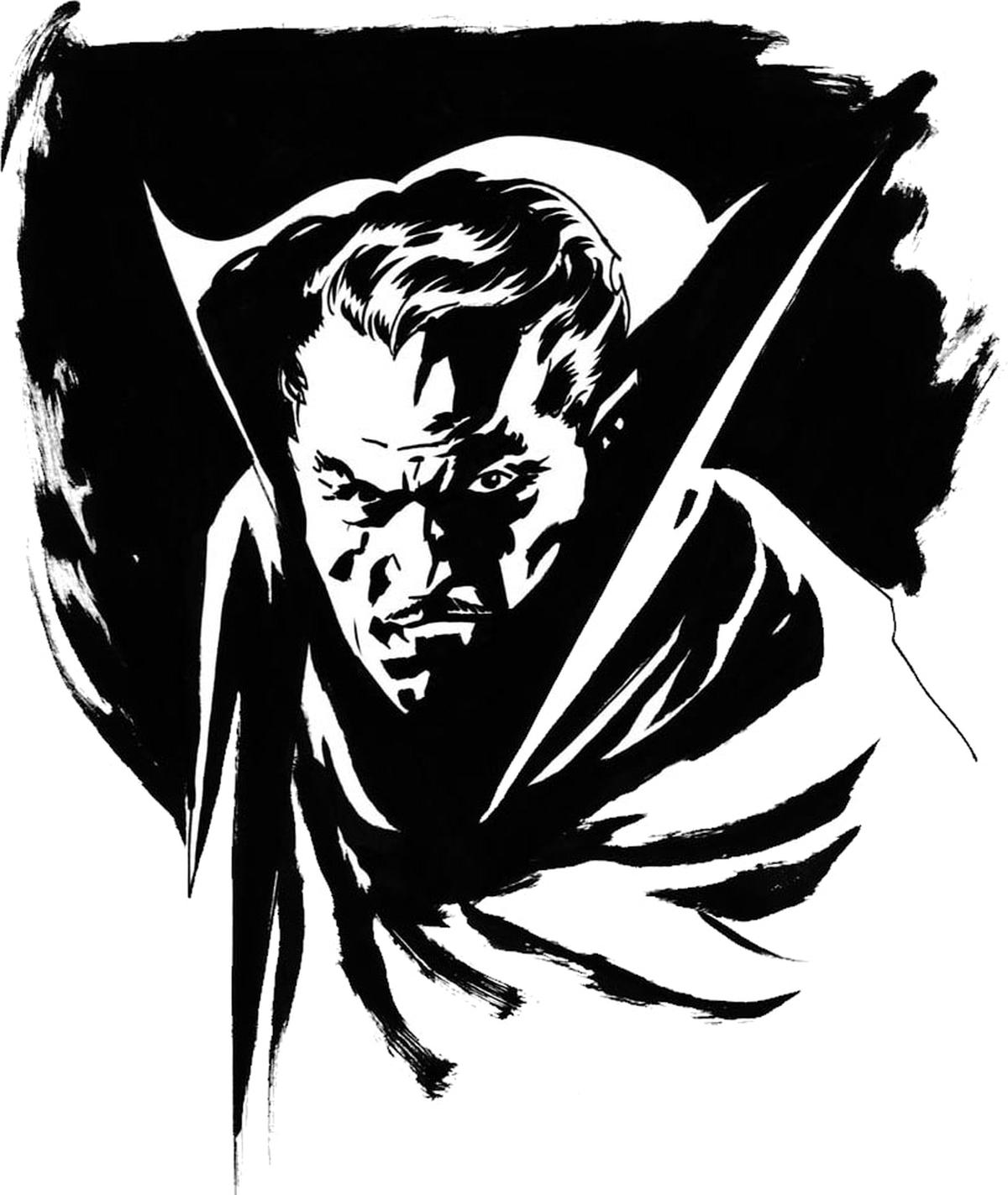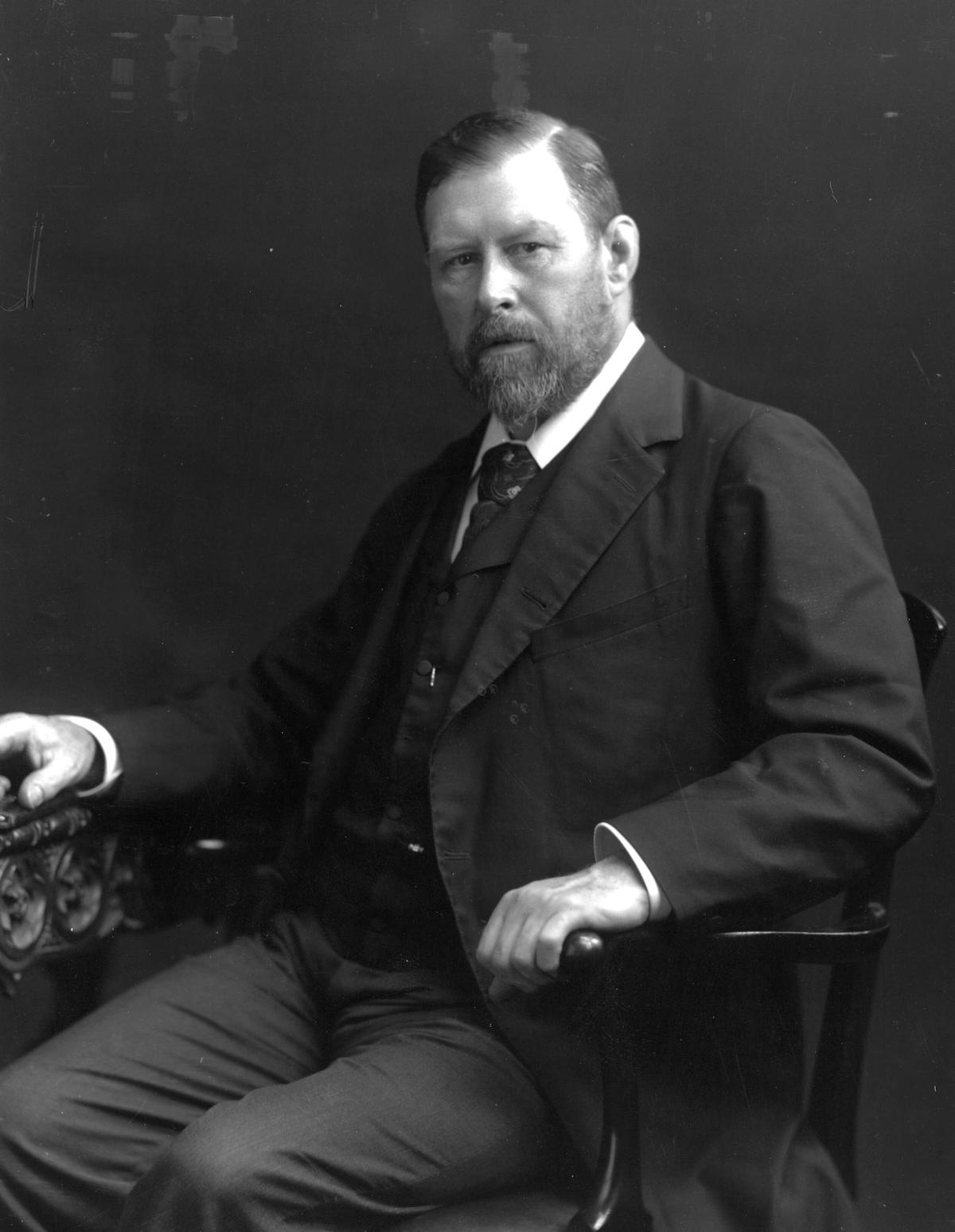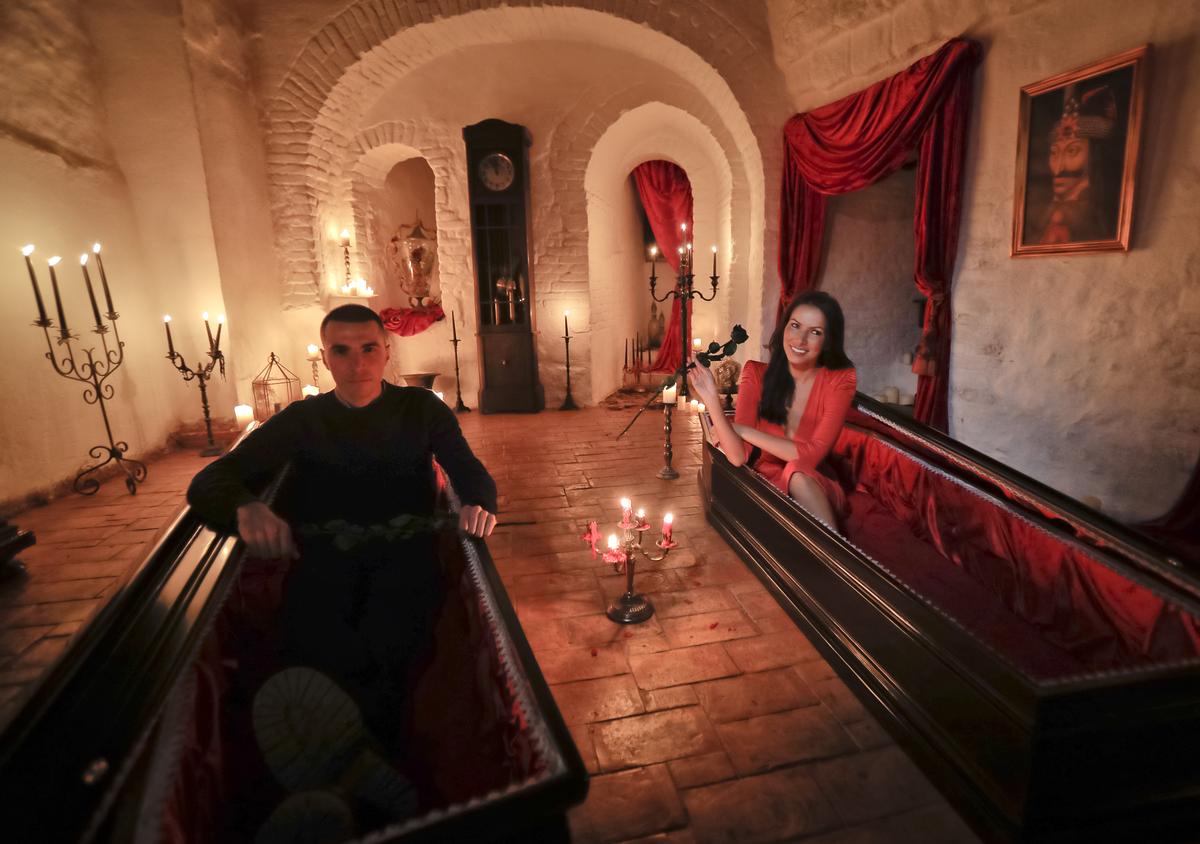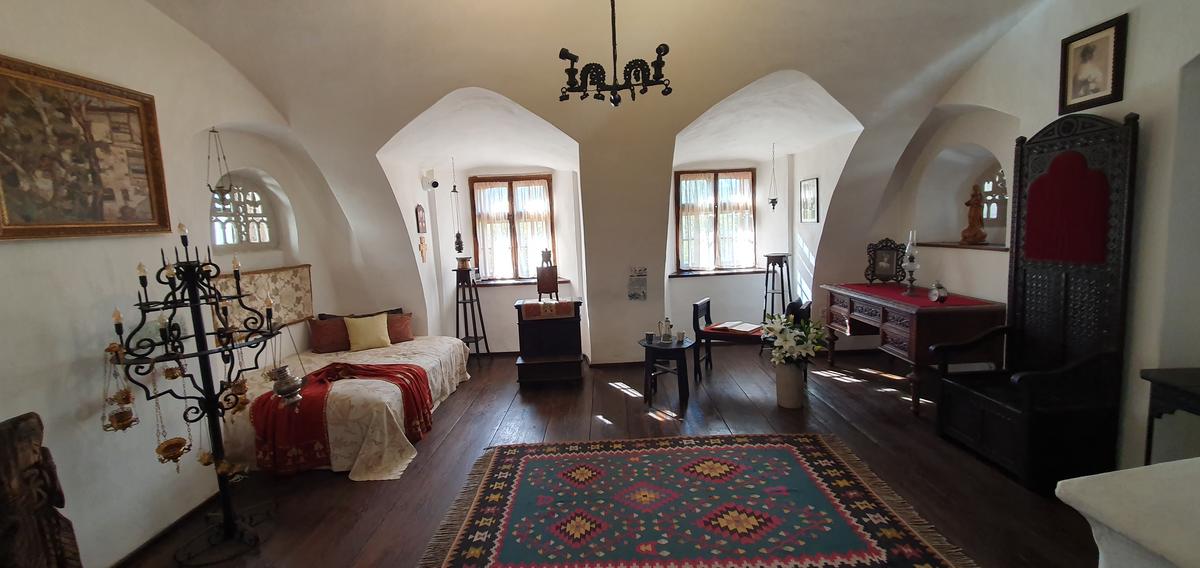When Sophie decided to travel to Romania for her summer vacation, she had no idea what she was in for. Or the mysterious and slightly chilling situations she would face. The first oddity? As she sat at the back of the taxicab, she felt herself getting closer and closer to her first destination. But not through the use of a map or GPS! Rather, it was an eerie sensation that was slowly bubbling up within her, causing a slight but cold shiver to form at the back of her neck and run down her spine. Why was this happening? Well, the answer to that would lie in the name of Sophie’s destination, being Bran Castle.
The castle of the count
Sophie was an avid reader and had just finished reading Bram Stoker’s famous epistolary gothic horror novel Dracula. She gazed up at the giant castle before her, ‘I never believed that there was actually a castle belonging to the Count in the real world,’ she thought incredulously. She half expected Dracula to appear at the entrance and yell, “Welcome to my house! Enter freely and of your own will!” But looking closer, she noticed something: while the castle did give off a grey aura of horror and dread, it did not match the description of the one in the novel.
Within the realm of literary fiction, Count Dracula may as well be the most famous and notable vampire of all. Within his novel, Bram Stoker not only described the vampire’s appearance, but also went into great detail in pointing out the features and unique visual characteristics of his house, from winding staircases to octagonal rooms, and warm fireplaces. But here’s the thing. The exact description of the castle in the novel holds little to no resemblance to what Bran Castle looks like, besides the fact that it stands on a rocky precipice. In fact, there is no evidence that Bram Stoker even visited this castle. So here’s the big question: why is Bran Castle called ‘Dracula’s Castle’ if it holds no resemblance to the description on the pages, and was never visited by the author himself? The main answer to this question would be that it was a marketing strategy by guides and residents, and was driven by the need for more tourism. Also, historians have hinted at a possible connection between Bran Castle and Vlad the Impaler (Vlad III, prince of Wallachia), the real-life figure who possibly inspired Count Dracula. It is believed that Vlad the Impaler either resided within the castle’s walls or was imprisoned in the dungeons for months. Either way, despite the fact that Bran Castle holds very few similarities to the castle on the pages of Bram Stoker’s masterpiece, the architecture, location, and overall structure surrounding Bran Castle with an atmosphere that reflected the residence of the Count, and had tourists and readers of the book find it to be the perfect place for a vampire to dwell! Its strong gothic appearance and natural spooky charm does most of the work.

Dracula PHOTO: WIKIMEDIA COMMONS
Residents of reality
‘I wonder who walked through these doors.’ Sophie thought. ‘This castle looks like it belongs to a supernatural being of darkness, but I’m not silly enough to think that as true!’ She shook her head in amusement.
So, Count Dracula actually residing at Bran Castle is out of the question. So who actually lived within the spooky walls of the place? To answer that, we must go back in time to the late 14th Century, when Louis I of Hungary issued an act that granted the Saxons (people of German origin who came and settled in Transylvania in the 12th Century) the rights and responsibility of building the castle, which was originally named Dietrichstein. The construction was completed in 1388, and the castle was originally used as a fortress of defence against the Ottoman Empire and German colonists in Transylvania. But then came its transformation from a shield into a place of royal residence! In 1920, following the Treaty of Trianon, the castle turned into a place for royalty and soon became a favourite retreat of Queen Marie of Romania (The last queen of Romania), for whom it was gifted by the locals. So what did she do with this incredible gift? She began renovations right away and converted the fortress into a beautiful summer castle where she spent many years. After her passing, it was inherited by her daughter, Princess Ileana. Queen Marie had loved the castle so much that she had asked for her heart to be taken and buried there. Ileana, the new owner of the castle, put it to efficient use and ran a hospital within it during World War II. But then, misfortune struck! The castle had been seized by the communist regime, and the princess and her family were expelled in 1948. However, in 2005, following a law passed by the Romanian government, the ownership was transferred to Ileana’s son, Archduke Dominic of Austria.

Bram Stoker PHOTO: WIKIMEDIA COMMONS
Secret passages and mirrors
‘What is this!?’ Sophie’s mind screamed as she looked up at the wonder before her. What had just looked like a normal fireplace was actually a hidden door! Without a second thought she moved to open it.
The castle in the book is described as a labyrinth with many doors and corridors. But the element of mystery is also something the Count’s castle and the Bran Castle have in common, for the latter is also home to a secret passage. One that connects the first floor to the third floor. It is a secret, hidden route whose entrance begins at a fake fireplace where the door is located. While having the 57 chambers of the castle refurbished at the order of Queen Marie, the renovators had tried to move the fireplace, and Open Sesame! Out popped the secret passage. While this is a real feature of the castle, there are many stories and legends told of it. One of the most popular being that the castle was filled with numerous mirrors that were placed to trap the souls of vampires! Following this is another story where people claim to have heard faint piano music that serves as a sign for the lingering spirit of Queen Marie.

Tami Varma and her brother Robin, the grandchildren of Devendra Varma, a scholar of English gothic tales and an expert in vampire lore, pose in coffins at Bran Castle, in Bran, Romania, Monday, Oct. 31, 2016. PHOTO: Vadim Ghirda / AP
A tourist’s excitement
“M-m-maybe I shouldn’t have come on my own!” Sophie squeaked, looking at her surroundings with a slight tinge of fear. But when she heard noises and laughter, she remembered that she was not the only one in the castle. This was a place for tourists!
The Bran Castle, due to its marketed connection to the novel Dracula, has turned into a giant centre for tourists and literature lovers to gather and admire the architecture that had transitioned from a fortress to a royal spectacle. It now serves as a museum that showcases the artefacts and furniture collected and owned by Queen Marie. Tours are either done by oneself or with the assistance of a guide.

Bran Castle interior PHOTO: WIKIMEDIA COMMONS
DID YOU KNOW?
The locals of Romania used to believe in creatures known as Strigoi, who were troubled, invisible spirits that rose from the grave during the night and gained energy through the blood of their victims! It is also strongly believed that these creatures inspired Bram Stoker’s creation of Dracula.
Published – October 07, 2025 06:47 pm IST




